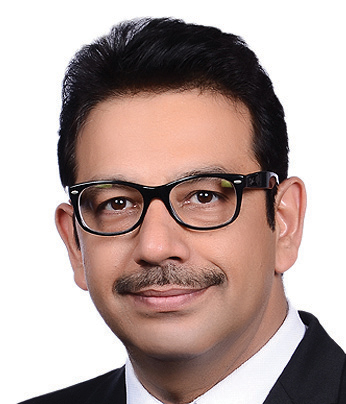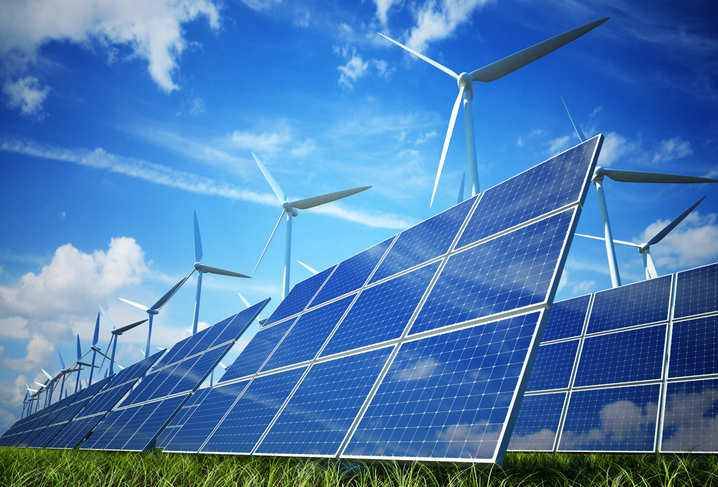December 07
Govt sets up panel to address NPAs in the power sector
New Delhi: The government has set up a high-level committee headed by NITI Aayog chief executive Amitabh Kant to address the problem of stressed assets in India's power sector, said two people aware of the matter.
Non-performing assets (NPAs) in power generation accounted for around 5.9% of the banking sector’s total outstanding advances of Rs4.73 trillion, according to the second volume of the Economic Survey 2016-17 released in August. Tackling the issues that afflict the so-called stranded power assets will provide much-needed relief for Indian banks weighed down by bad loans.
“The committee has held its first meeting and comprises secretaries in the ministries of power, coal and department of financial services,” one of the two people cited above said on condition of anonymity. A second person, who also didn’t want to be identified, confirmed the development.
Mint reported on 24 November about the government separately planning to investigate whether private developers inflated project costs to increase the debt component, thereby reducing their equity contribution.
Queries emailed to the spokespersons for NITI Aayog, and the ministries of power, coal and finance remained unanswered. Kant didn’t answer an email seeking comments.
A total of 34 coal-fuelled power projects, with an estimated debt of Rs1.77 trillion, have been reviewed by the government after being identified by the department of financial services. Issues faced by these projects include paucity of funds, lack of power-purchase agreements (PPAs), and absence of fuel security.
Experts say that PPAs hold the key to solving the problem of 60 gigawatts (GW) of stressed assets across fuel sources.
“The weak financial health of the state-owned distribution utilities has led to slow progress in signing of long-term PPAs through competitive bidding, with only 1.4GW capacity tied up through long-term PPAs over the past three years,” rating agency Icra Ltd said in a 23 November report.
“Out of the 26GW capacity affected by lack of PPAs, about 60% of the capacity is operational and is exposed to volume and tariff risks in the short-term market. In addition, the thermal power capacity of 22GW is affected by tariff viability issues, including the imported coal-based capacity of 9GW and domestic coal-based capacity of 13GW,” the report added.
Of India’s installed power generation capacity of 331,118 megawatts (MW), 58%, or around 193,426MW, is fuelled by coal. Gas-based and hydropower projects account for 25,150MW and 44,765MW, respectively.
“Further, another 12GW gas-based capacity is affected by uncertainty over availability of domestic gas and lack of offtake for power generated using imported R-LNG (regasified liquefied natural gas),” the Icra report added.
Power minister Raj Kumar Singh has said there will be a rise in electricity demand. His rationale is that the recently launched Saubhagya programme, which aims to provide electricity connections to more than 40 million families by December 2018, will boost underutilized power plants.
Some are sceptical about its immediate impact on the revival of stranded power plants.
“Crisil Research believes a large proportion of coal-based power generation capacities in the private sector, stressed due to multiple factors, will remain in duress for a long time despite a raft of alleviation measures from the government,” the rating agency cautioned in September.






